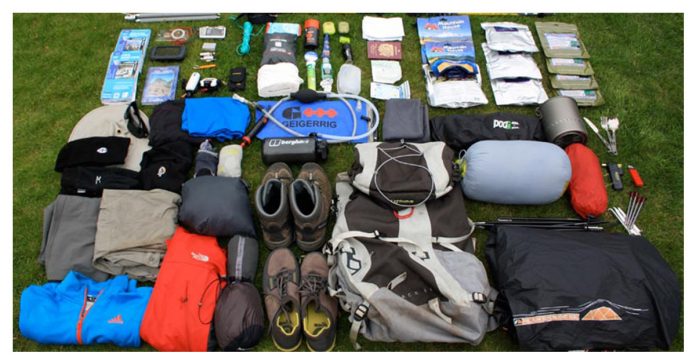A flush of satisfaction comes from completing a trek. As you exhale your concerns, you sit down on a boulder at the summit and take a moment to admire the view. Looking out the window at the gorgeous dawn trickle down in front of you gives you a renewed respect for nature’s beauty and the wonder of starting something new. Here are the top ten items you must have with you while trekking.
Shoes for hiking
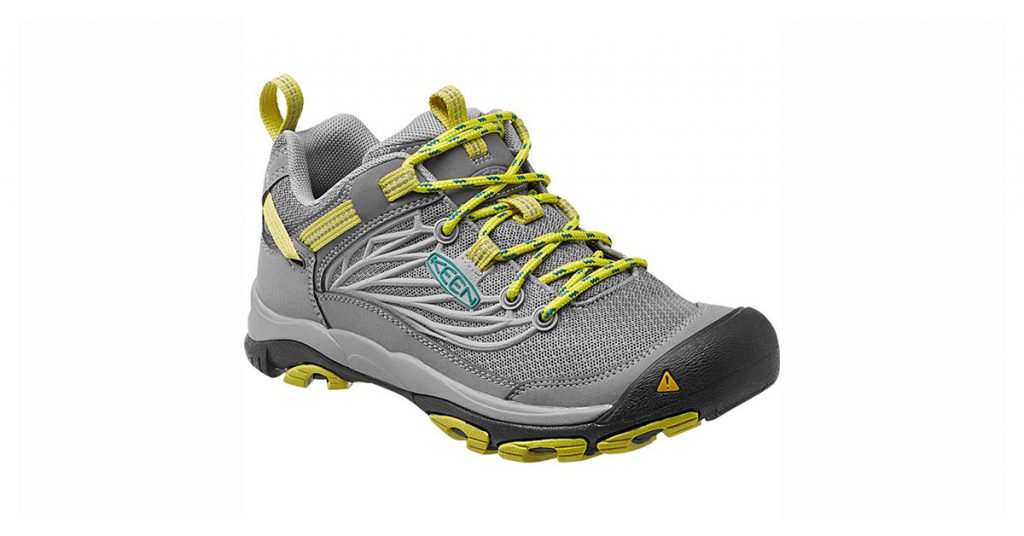
You should bring waterproof walking shoes with sufficient traction. Any other trekking or hiking gear you may have purchased pales in comparison to an excellent pair of trekking shoes that provide quality, comfort, and protection. Anyone can journey in your athletic footwear until you hit the campground, but after you start your adventure, you should swap into appropriate climbing footwear. Investing in high quality will be rewarding.
T-shirts and trekking pants
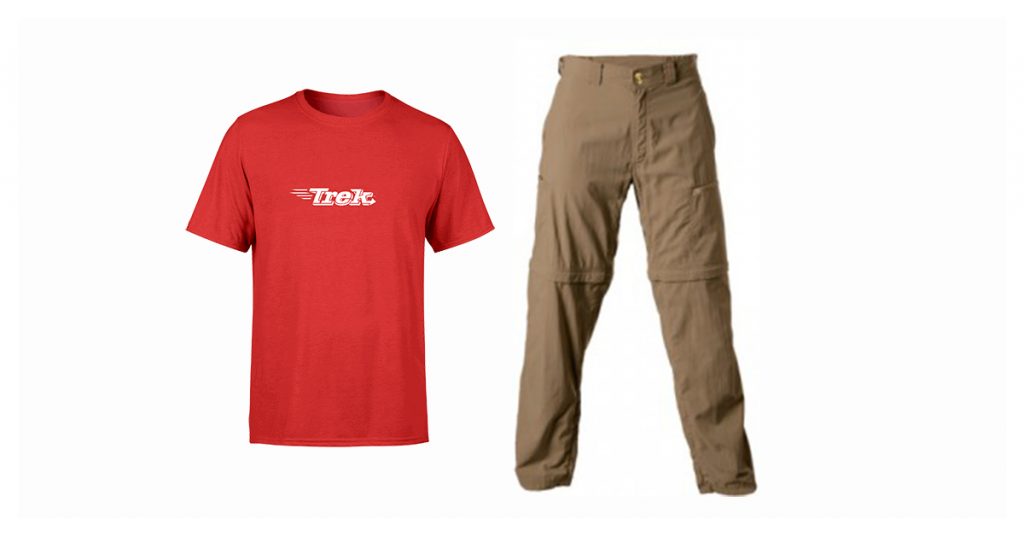
Travel pants include extra multi-functional pockets for keeping phones, money, tissues, and other items handy on hikes. Long-sleeved travel/trekking shirt and short-sleeved t-shirts, preferably quick-dry or ordinary cotton. The importance of layers in your walk cannot be overstated. It’s best to stay warm in chilly places, such as on hilltops, mountain passes, or during storms. Even if the days are nice at low altitudes, the nights can be very cold. On summit days, you’ll frequently have to load everything you have on to reach the top, only to pull it off layer by layer as you descend. It is preferable to wear a fleece jacket, a thin windbreaker, and waterproof outer jackets, sweaters, and sweatshirts.
Bottle of water that can be reused
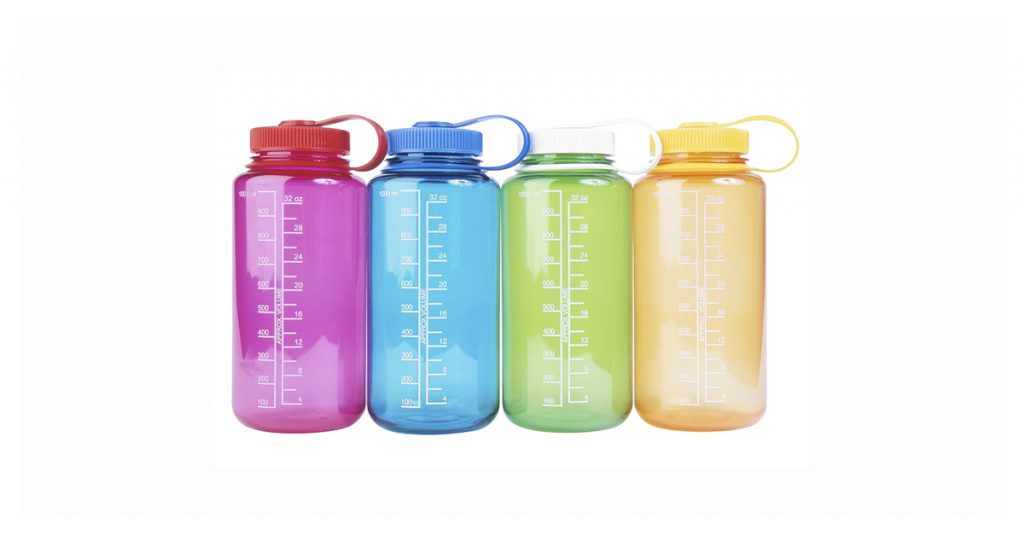
Carry a reusable water bottle (1 liter is best) with you and refill it as needed. Even if you plan on staying in a homestay, limit your use of plastic bottles, which are abundant. Avoid them, especially on the roadways, because disposing of them will be difficult, and it will only add to the trash. As a result, it’s best to bring a reusable bottle or flask with you, depending on your preference.
Pole for hiking
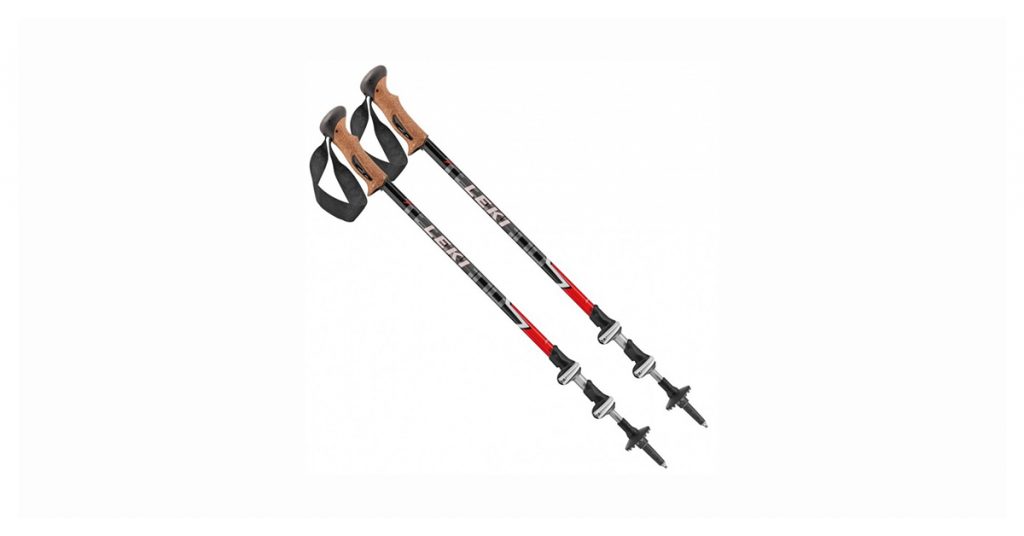
It’s fantastic if your trek organizer equips you with a walking stick. However, just in case they don’t, you should have at least one with you. A trekking pole is quite useful, especially on long journeys and in the winter. It gives the knees and legs stability, comfort, and support. Trekking poles that are lightweight, adaptable, and shock-absorbent are favored. Needless to say, each Trekking expedition requires the use of a compass and a map of the area.
Headlamp
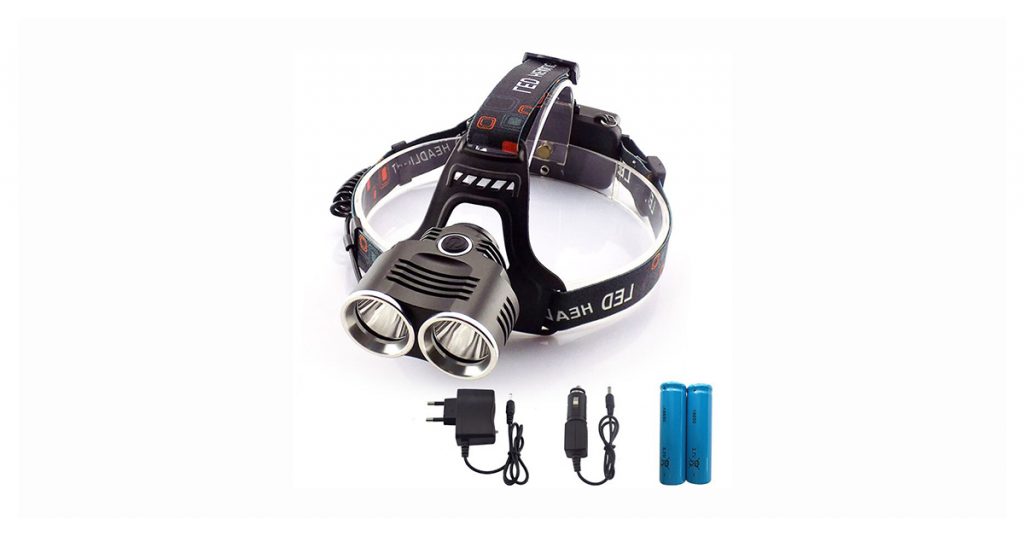
It illuminates the path and frees up your hands. Of course, if you’re going camping, you’ll need headlamps. Again, this is something your trek organizer should take care of, but having your headlamp will save you from the inconvenience of using the one that has already been used.
River shoes or flip flops
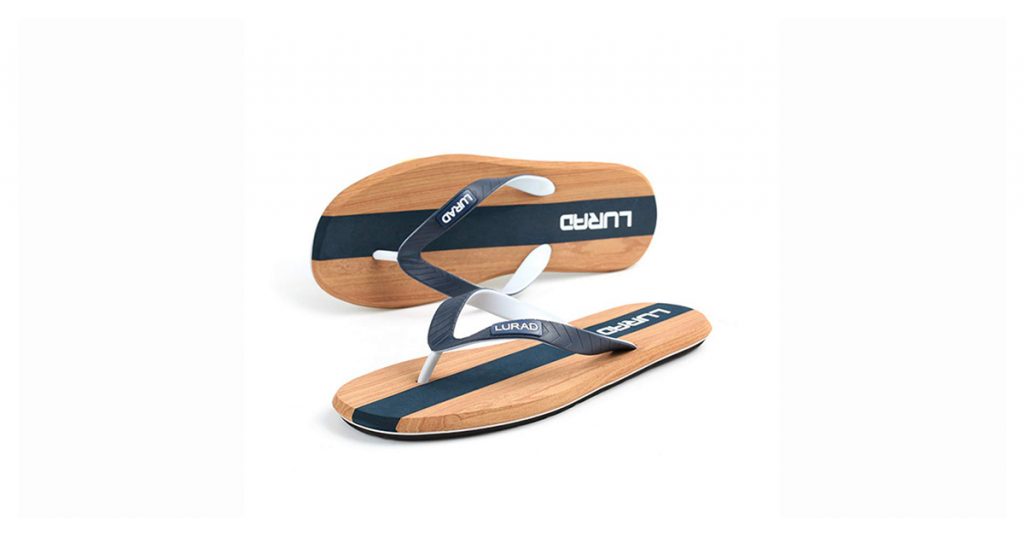
After a long day of walking, it’s a good idea to remove your hiking shoes and relax your feet. However, you’ll still require footwear to stroll around. Flip flops or river shoes with socks are ideal in this situation.
Fans that can be recharged
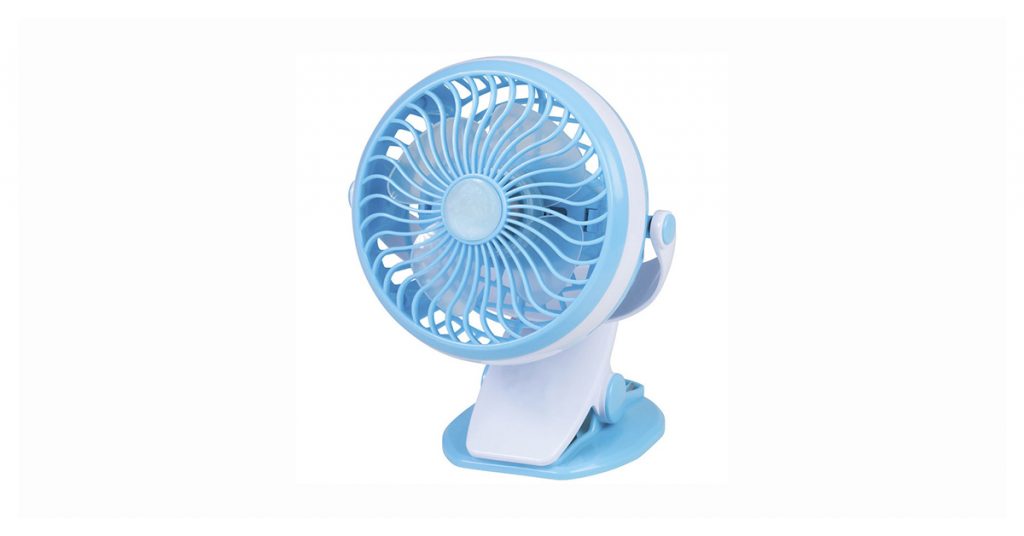
When going camping or on a hot hike, rechargeable fans are at the top of the list of items to bring. There are a variety of rechargeable outdoor fans ranging in size from 10″ to 16″ that are great for trekking. In just 6 to 7 hours, the rechargeable fan battery will be fully charged. It then runs for another 6 to 8 hours at full capacity. The rechargeable hand fans that you can carry around with you are even better. Even if you are dehydrated, these rechargeable hiking fans will keep you cool.
Kit for first aid
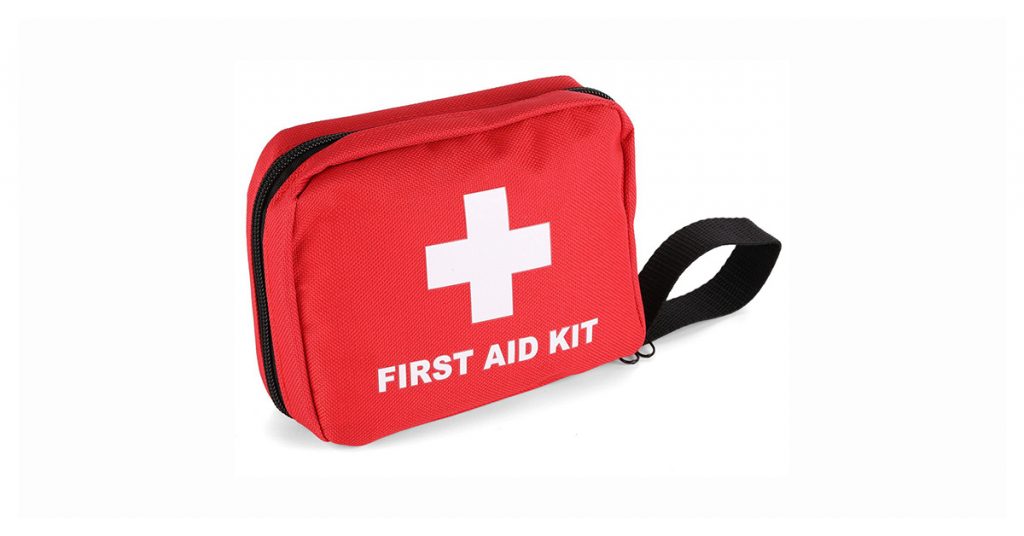
If your doctor has recommended medications or vitamins that you need daily, you should keep them in a medical kit. Medicines for AMS, Motion Sickness, Antacids, Diarrhea, Pain Relievers, Fever, and Any Allergies Knee and back supports, antifungal powder, bandages, energy drink powder, quick pain relief spray, bandages and ointment for shoe bites, and other medications should all be included in your first aid box.
Daypack
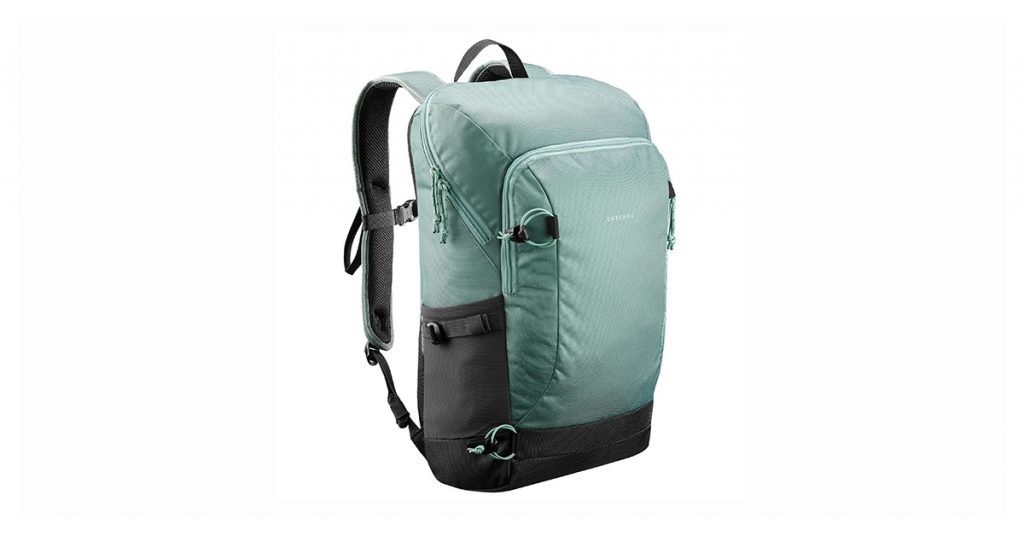
It should not exceed 4 kgs in weight. It’s just required for loading and unloading your bags while hiking. In your day bag, keep only the items you’ll need right away, such as a first-aid kit, medicine, and a water bottle. Sleeping bags that compress into a small size, maintain heat, and are lighter are the best. To guarantee that you have a good night’s sleep, you should opt for a sleeping bag that fits you well and is comfy. Choose a sleeping bag that is appropriate for the location you will be visiting. When a bag designed for cold weather is used in milder weather, it loses heat through conduction. Between the ground and the bag, there should be a layer of insulation.
Raincover for Backpack
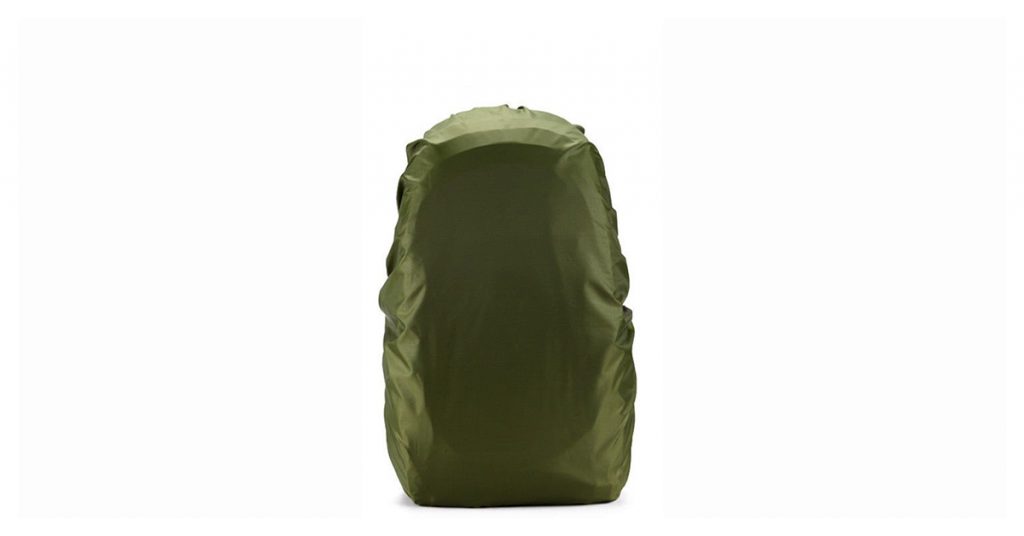
When purchasing a backpack, make sure to look at the straps, side pockets, and compartments, as well as whether or not it has a supporting structure. This one will benefit you in keeping track of your possessions. Also, depending on the length of your walk, you may want to invest in a backpack that holds 40 to 60 liters. Once correctly equipped, a backpack could not only accommodate additional stuff and outfits, but it may also make the experience less burdensome.
Conclusion
The amount of your travel kit and belongings is determined by the length of your voyage. If you’re going on a short hike, it’s preferable to bring fewer clothes and reuse a few to avoid carrying a hefty burden. For a successful and safe journey, follow these instructions.


